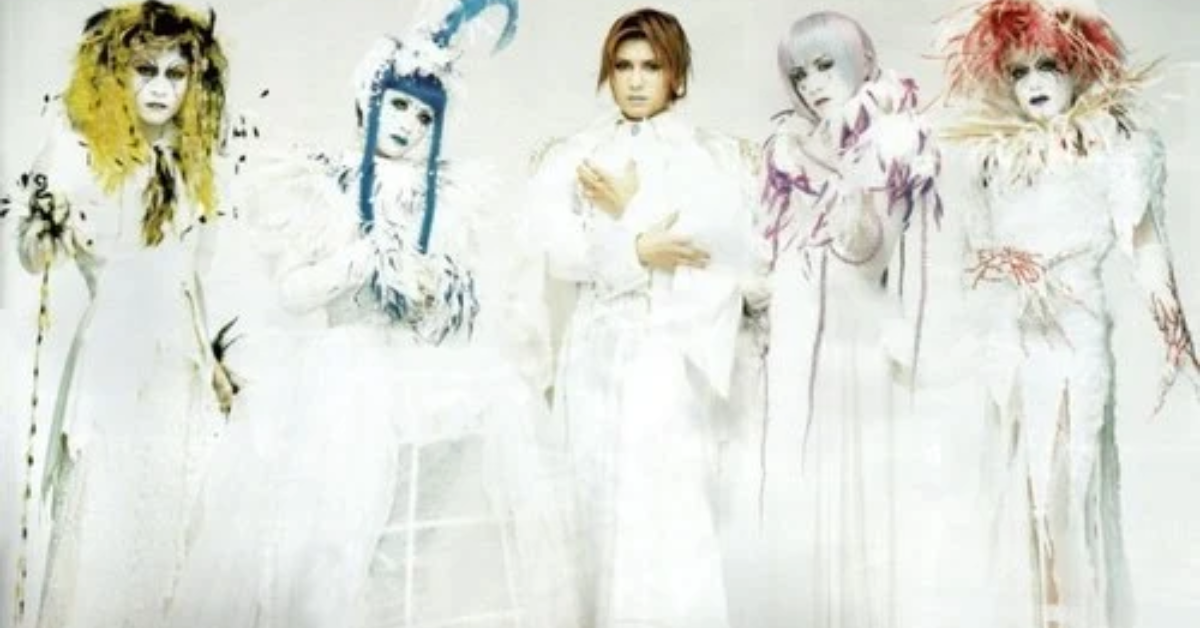Die Forelle (“The Trout”) is a well-loved piece in the world of German Lieder, or art songs. Composed by Franz Schubert in 1817, it captures the simplicity of a beautiful trout swimming in a brook but soon reveals a deeper, symbolic meaning about innocence and betrayal. For anyone interested in classical music, this song represents a delicate blend of nature, poetry, and the distinct compositional style of Schubert. Let’s take a closer look at the lyrics, translation, and the story behind Die Forelle.
Background of Die Forelle
Franz Schubert composed Die Forelle when he was just 20 years old, setting Christian Friedrich Daniel Schubart’s poem to music. The poem describes a trout swimming freely in a clear stream, only to be tricked and caught by a fisherman. This vivid imagery of freedom and deceit translates beautifully into Schubert’s music, which echoes the water’s movement and the trout’s struggle.
The piece is written for solo voice and piano and became one of Schubert’s most famous short works. Schubert’s interest in nature and human emotions can be seen through his composition, which is lighthearted but tinged with melancholy, a common trait in many of his works.
The Lyrics of Die Forelle
The original lyrics of Die Forelle are in German. Here’s a breakdown of the German text, along with an English translation to better understand its meaning.
German Lyrics of Die Forelle
In einem Bächlein helle,
Da schoß in froher Eil’
Die launische Forelle
Vorüber wie ein Pfeil.
Ich stand an dem Gestade
Und sah in süßer Ruh
Des muntern Fisches Bade
Im klaren Bächlein zu.
Ein Fischer mit der Rute
Wohl an dem Ufer stand,
Und sah’s mit kaltem Blute,
Wie sich das Fischlein wand.
So lang dem Wasser Helle,
So dacht’ ich, nicht gebricht,
So fängt er die Forelle
Mit seiner Angel nicht.
Doch endlich ward dem Diebe
Die Zeit zu lang. Er macht
Das Bächlein tückisch trübe,
Und eh’ ich es gedacht,
So zuckte seine Rute,
Das Fischlein zappelt dran,
Und ich mit regem Blute
Sah die Betrog’ne an.
English Translation
In a clear little brook,
There shot in happy haste
A capricious trout,
Darting like an arrow.
I stood on the bank
And watched in sweet peace
The lively fish swim
In the clear little brook.
A fisherman with his rod
Stood by the water’s edge,
And with cold blood
Observed the fish’s twistings.
As long as the water remained clear,
I thought, no fear for the trout.
But then, the fisher grew impatient
And made the brook muddy.
Finally, his sly deceit succeeded,
And the trout, dazed and bewildered,
Became a victim of his cruel art.
And I, with a heart beating faster,
Looked on at the betrayed.
Symbolism and Themes in Die Forelle
While the lyrics describe a simple scene of a fish and a fisherman, the song hints at a broader message about innocence and betrayal. Schubart’s poem uses the trout as a symbol of purity, darting freely in the clear water. However, the fisherman’s deception and the muddying of the water reflect how innocence can be taken advantage of, an idea that resonated deeply in the Romantic period’s art and literature.
Some interpretations also suggest that the song symbolizes a loss of innocence or an unjust action taken against those who are naïve. The fisherman’s trick is a reminder of how external forces can disrupt a state of purity and beauty.
Schubert’s Musical Interpretation
Schubert’s composition complements the narrative, using musical techniques to mimic the natural flow of water and the lively movements of the trout. The piano accompaniment plays a crucial role, creating rippling effects that bring the scene to life. When the fisherman stirs up the water, the music takes a darker, more tumultuous turn, reflecting the trout’s panic and eventual capture.
The structure of the song follows a strophic form, with each stanza being set to the same melody, but Schubert introduces subtle variations to convey the changing emotions in the story. The cheerful, flowing melody shifts into darker tones, mirroring the moment of betrayal.
Legacy and Influence of Die Forelle
Die Forelle has influenced numerous composers and musicians over the centuries. Schubert later adapted it into his Trout Quintet, using the melody as the basis for the theme and variations in the fourth movement of this famous piano quintet. The song remains a popular choice for both classical vocalists and instrumentalists, celebrated for its beauty, simplicity, and depth of emotion.
Many modern interpretations have continued to keep the song alive, whether performed as a solo or with orchestral accompaniment. The imagery of the trout and the deeper themes of innocence, deception, and loss are timeless, continuing to captivate audiences today.



